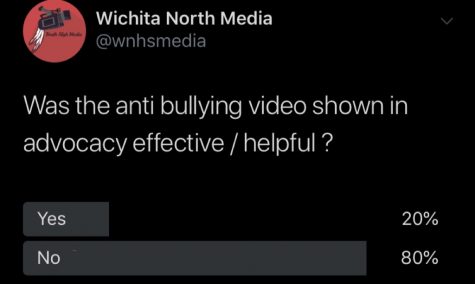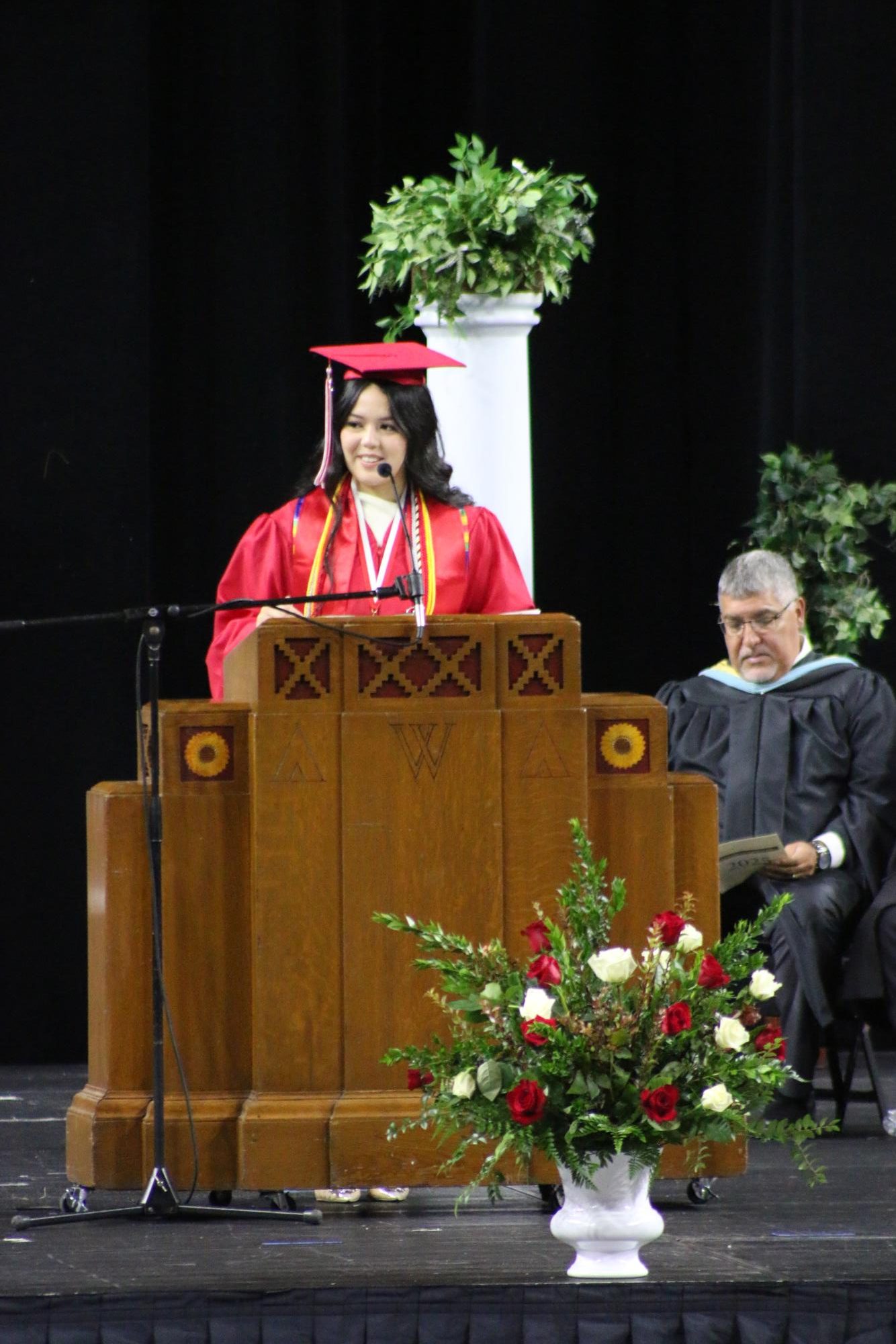How convincing is this video?
September 9, 2019
As a part of standard regulations, all USD 259 students are shown a video intending to bring awareness to the issues of bullying, sexual harassment, and general safety amongst students. Upon watching it, students can agree that it does not appear to be effective in terms of delivering its desired message. The annual showing of the video, as usual, stirred about conversation across the school, so North Media took it to Twitter, posting a poll questioning whether or not the audience found it helpful. 
According to the found results, about 40 out of 50 students found the video ineffective.
Senior Fernando Escobedo said, “I found it amusing in a comical sense, it was funny, especially the acting. It’s good that they explain what someone should do in those scenarios though, but if they remake it, they need better acting that seems natural.” S
enior Stuart Denner felt the same. “It’s not really accurate. I feel like it is outdated in terms of the scenarios presented. Some clips are difficult to take seriously.”
These opinions are not uncommon amongst the student body whatsoever. This raises a simple question: What can be done to spread the important message effectively?
Upon speaking to Mrs. Doyle, we found some answers.
First, she stated why the video was mandated district-wide: “We think it is important to spread awareness.” Then, she reacted to the results of the poll. Mrs. Doyle said, “If the students are not seeing the intent of it, then maybe it’s time to upgrade.” This seems to be the best solution— an updated, more educational video. “We need a different narrative that seems serious.”
Mrs. Doyle wishes to see a few things added into the next updated version. “Effective examples of cyber bullying and more real world experiences need to be shown. We also need it to teach each specific lockdown level.”
Students and staff collectively agree that a video focused more on education than dramatization would work very well for successfully spreading the message, along with the suggestion that the video should include resources for students in need.




